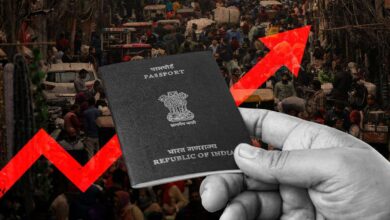Hyundai IPO: Let’s Know The Strengths And Challenges Of The South Korean Car Titan.
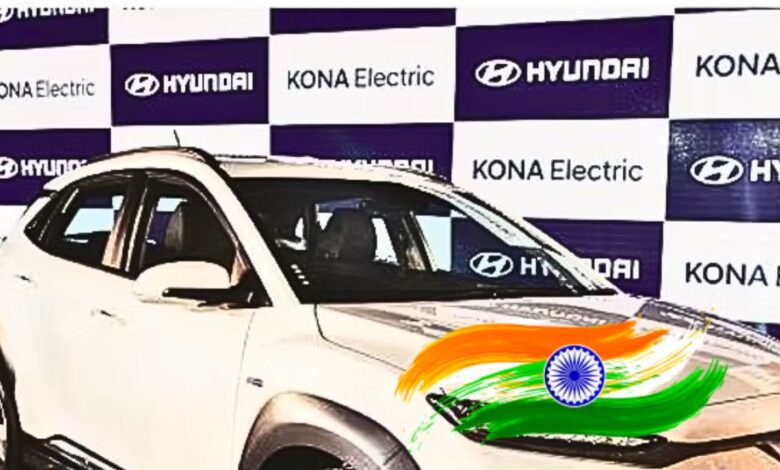
Hyundai Motor India Ltd, the most successful foreign automaker in the country where a few others have failed, has obtained approval for its IPO from the SEBI. The South Korean automaker plans to raise $3 billion at a roughly $20 billion valuation. India is the third-biggest revenue generator globally for the South Korean Car Titan after the U.S. and South Korea, and it has already invested $5 billion in the country with commitments to pump in another $4 billion over the next decade.
The Hyundai Motor India IPO will be an offer-for-sale (OFS) of up to 142 million shares, or a 17.5% stake, by its South Korean parent Hyundai Motor Company.
So, below are some aspects of Hyundai that investors need to know before investing in their IPO.
Praise.
Understanding of Indian Market.
The Koreans understand the Indian market very well, giving Hyundai an edge over the competition. India is probably the fastest growing auto market in the world. But it is insanely competitive, and many global giants, unable to handle the heat, have ended up pulling the curtains down on domestic operations. You remember the case of General Motors, Ford- Americans do not get India at all.
European carmakers, too, have had a similar fate in the Indian market. The Renault Nissan alliance, the Peugeot Citroen combine, and the SkodaVolkswagen partnership, they all look tiny in front of Maruti Suzuki, Hyundai Motor India and Kia. So, from that perspective, the Koreans have done a fabulous job of trying to understand how the Indian market and the Indian consumer behaves. Therefore, Hyundai in India is doing well in terms of progress.
Growth of used cars, network.
Sales of Hyundai India’s pre-owned vehicles increased by 79% between FY21 and FY24, while sales of new cars increased by 30% over the same time frame. Currently, Hyundai dealerships in India are selling one pre-owned vehicle for every four new automobiles sold. Currently, the company operates 349 cities and towns with 586 used-car outlets. Hyundai is also encouraging its dealers to increase their market share. Compared to FY21, the firm currently has 17% more sales outlets and 19% more service locations.
Investment in the Talegaon plant is a drive towards the West and North markets.
In the beginning of the year, Hyundai Motor India sealed a deal to acquire General Motors’ Talegaon plant in Maharashtra. Hyundai, which acquired the plant for INR 787 crore, has completed all formalities and is now carrying out works to bring the plant back to life. The plant is expected to add another 16% to 18% to the company’s top line in the first year of operations, assuming 50% capacity utilisation.
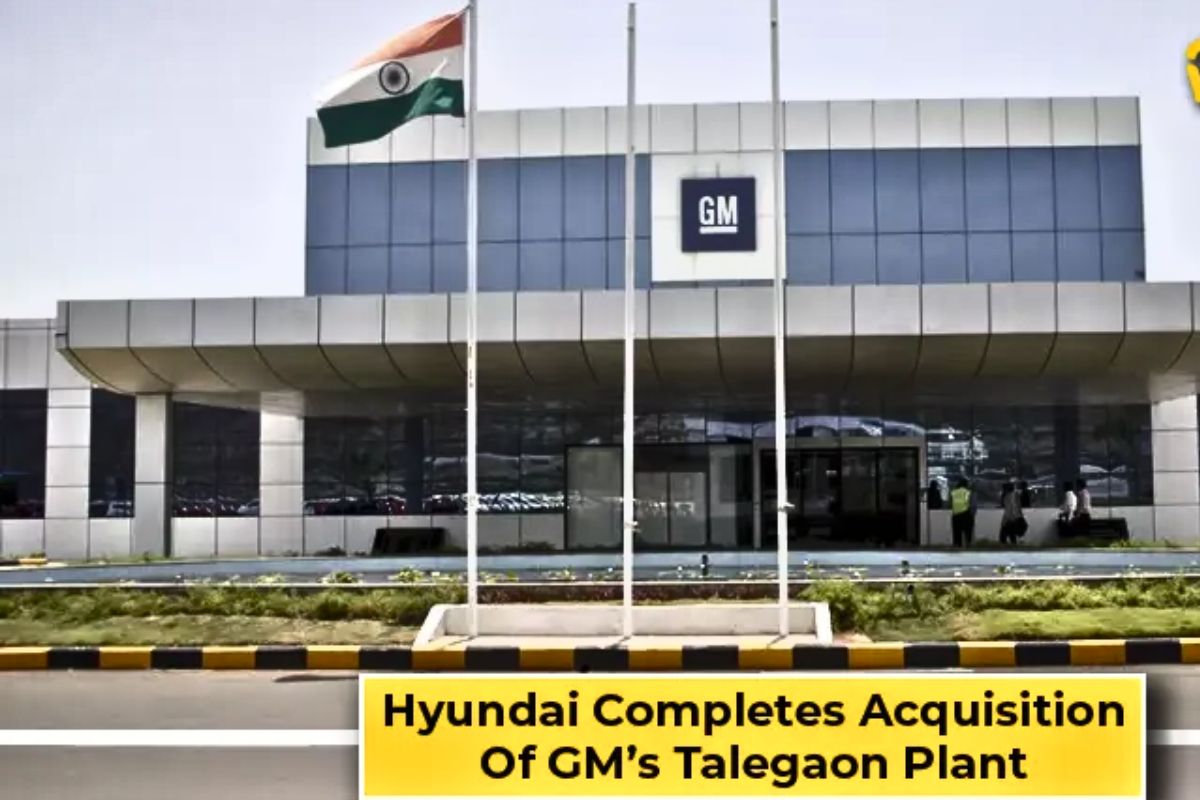
The Talegaon factory has a current manufacturing capability of 130,000 vehicles and 160,000 engines annually. For Hyundai, the country’s second-largest automaker, this brownfield expansion is less expensive and takes less time than a greenfield initiative. Existing building infrastructure and machinery will be accessible for a reduced cost.
In addition, Talegaon provides Hyundai with easier access to the West and North Indian markets at cheaper freight costs. It also helps the carmaker to diversify the risk of having manufacturing in a single site (Chennai), avoiding location-specific interruptions. While the question of break-even remains, the Talegaon factory will be responsible for producing certain major Hyundai models. Also, Hyundai India increased the annual production capacity at its Chennai plant to 824,000 by the end of March 2024.
Whether or not Talegaon becomes another Chennai, it will undoubtedly provide Hyundai with the flexibility it needs to adjust its output to meet rising market demand and anticipated technical changes.
But the other side of the coin has another tale.
Competition.
Hyundai’s sales in India have fallen behind only Maruti Suzuki’s, but a quickly shifting competitive environment has seen local behemoths Tata Motors and Mahindra & Mahindra cut into its market share with new SUVs that, rather than once-popular small cars, as the hottest selling vehicles. This has reduced Hyundai’s India market share to 14.6% from 17.5% four years ago, while Tata’s share nearly tripled to 14% during the same time period. Toyota, the next biggest foreign challenger, has increased its share from 4% to 6%.
Tata’s move to Chennai can prove to be a competition- Tata Motors’ announcement of an INR9,000 crore investment to establish a vehicle manufacturing facility in Ranipet, Tamil Nadu, might provide further competition to Hyundai.
Mahindra’s anticipated joint venture- Reports suggest that the Anand Mahindra-led company could acquire a 50% stake in Skoda-Volkswagen India Ltd, with an investment commitment of INR 4,000 crore- INR 5,000 crore to expand the latter’s Chakan plant. Skoda’s top bosses are said to be meeting the M&M leadership for talks. Mahindra is poised for expansion and aims to increase its SUV portfolio from eight to 20 models by 2030. Taking joint ownership of Skoda-Volkswagen’s Chakan plant would strategically position the factory as the epicentre of M&M’s SUV growth, which will be tough competition to Hyundai.
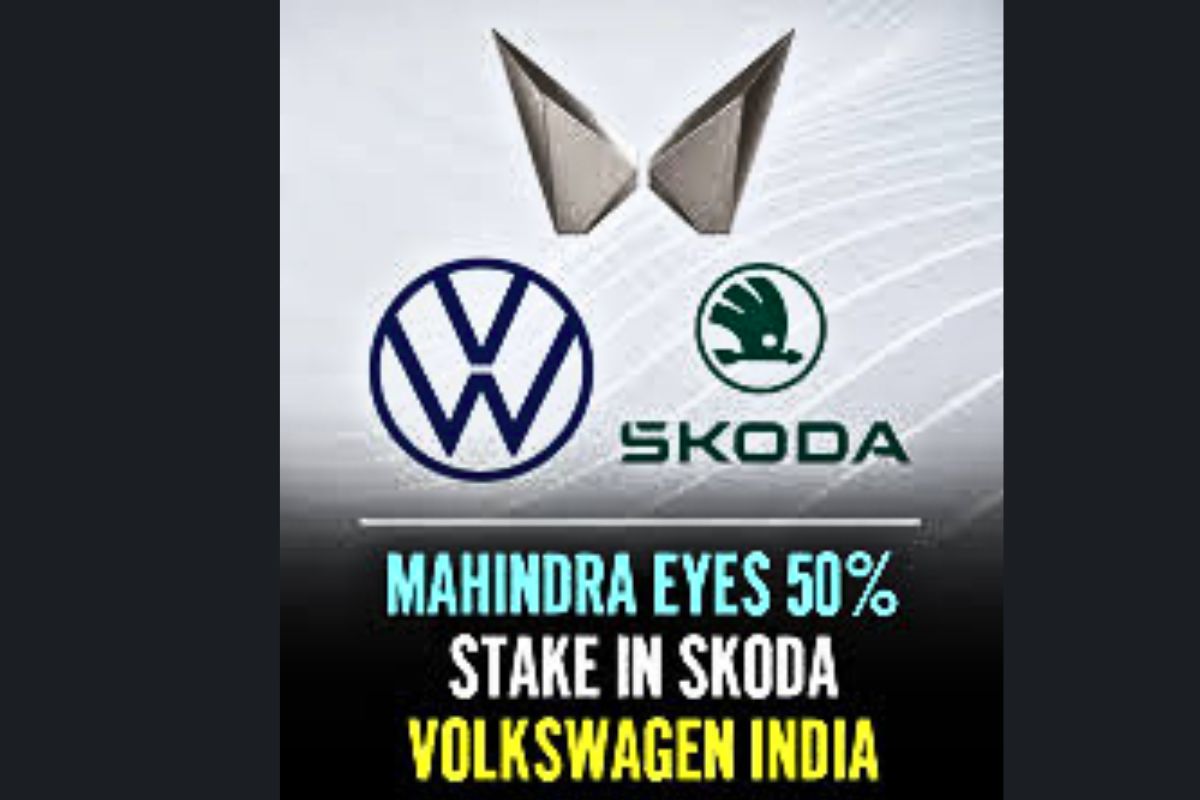
So, Hyundai’s rivals, however, are not standing still.
Tata, India’s top-selling EV maker with a market share of more than 75%, has said it plans to launch five EVs over the next three to four years, taking its total to 10. Mahindra has said it will launch seven electric SUVs and six new gasoline-powered SUVs by the end of the decade. Market leader Maruti is doubling down on SUVs and hybrids and plans to launch six EVs by 2031. “What brought Hyundai so far will not necessarily take it into the future. Competition is more intense,” said an Indian supplier to Hyundai.
Challenges.
Government policy changes can be stated as risks.
Hyundai receives significant incentives from different central and state government initiatives. This represented a substantial 14% of its operational profit in FY 24 (nine months). With the PLI (production linked incentive) system and increased state government assistance, this pie will grow. However, in its DRHP, the company noted “Another challenge that the industry is facing is frequent changes in policies, which make it difficult for auto industry stakeholders not only to ensure adherence but also commit investments”.
The company highlighted that electric vehicles (EVs) will be a primary focus. Hyundai aims to localise the manufacturing of electric vehicles for the mainstream, high-volume market. However, the draft prospectus also mentions concerns regarding the localisation norms encouraged by the government, which is promoting the growth of EVs. “While the government has designed the schemes to support investments by offering several subsidies and import duty benefits, there are still concerns around meeting the eligibility criteria and availing of the benefits,” the company mentioned.
Competency of personnel.
The central government’s focus on localisation and reduction in dependency on imports may be a concern for Hyundai. The competency of people to manufacture Hyundai cars locally can be a probable question for the company. For example, Problems with catalytic converter replacement coming from a reputable brand like Hyundai with their flagship product Tucson have led some to conclude that Hyundai technicians are not competent in diagnosing their CKD (Completely knocked down- means it’s totally assembled in the local plant, and parts imported) products, nor do they keep adequate spare parts in case of malfunctions.
So many recalls, questioning the quality of Korean manufacturers.
In August, it was reported that BMW Korea, Hyundai Motor, Kia and KGM Commercial, major Korean carmakers, will reportedly and voluntarily recall more than 172,000 vehicles. In an official statement, the Ministry of Land, Infrastructure and Transport said that all four automobile companies will recall 172,976 units of 103 different models.
Hyundai and Kia have both been embroiled in huge, lengthy, and difficult recalls. In March 2024, Hyundai India recalled the Creta iVT due to a malfunctioning electronic oil pump (EOP) in India. This recall for the Hyundai Creta comes just a few days after the carmaker recalled the Verna sedan due to a mistake in the EOP controller. Also, Hyundai’s recent recall follows Kia’s recall effort for the Seltos SUV in India. These can be stark warnings that it may have sacrificed quality standards for rapid expansion and aggressive sales.
Doubtful after-sales service.
Many issues have been documented by owners on various platforms regarding the quality problems on Hyundai products, mainly over the last few years. However, in separate threads, visibility has broadly been limited to only the owners, and the common public remains more or less unaware. Hyundai still delivers feature-loaded, technologically advanced, and premium-feeling cars at a premium price, and the market has generally ignored most of their concerns as a one-off! But now it has been realised that these are not isolated cases – and that the issues people have faced were complaints that owners have been making for years because Hyundai never acted on such complaints!
For the sake of example, in April this year, Hyundai Motors India was ordered by the National Consumer Disputes Redressal Commission to pay Rs 15.1 lakh to Sukhjinder Singh, an owner of a Hyundai Verna car after Hyundai Motors India failed to rectify the car’s problem and instead decided to fight against the legal order to replace the car’s engine, in various consumer forums for almost ten years.
So, either the customer is misguided in the after sales service aspect or in rare, the company will evolve with the legal battle, and- all knows that legal battles in India are just not worthy leaving the customers at dismal. Also, if the replacement of faulty devices/components is done, it would cost the customer a huge.
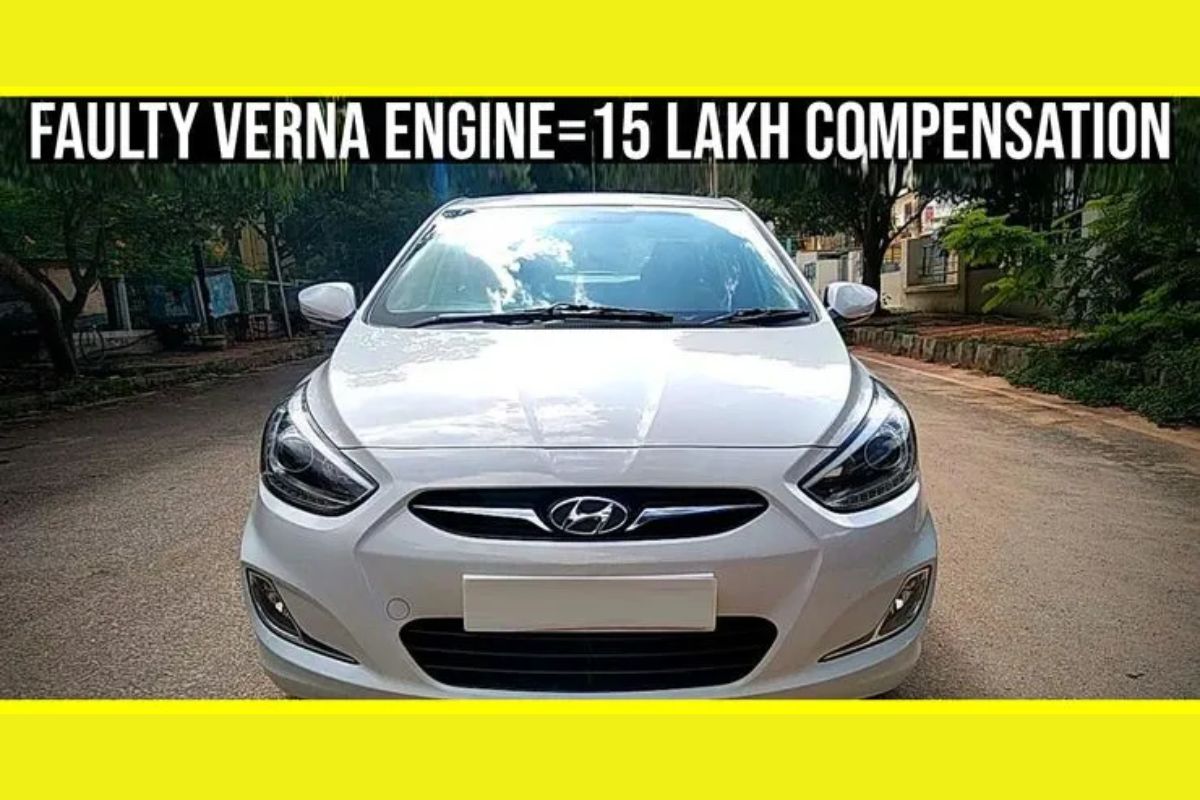
Earlier this month, Union Minister Nitin Gadkari said that the Indian automobile industry is at the cusp of a revolution and it needs to focus on customer service, after-sales and quality assurance, signalling that at the end, the company need to focus on customer satisfaction.
EV- First they got FAME, money, boom, and then…….lost their charm.
By 2030, the government hopes that electric vehicles will account for 30% of all new car sales. But it is still six years away. And EVs may have to wait 7-10 years to become mass-market items if barriers such as inadequate charging infrastructure, range anxiety of battery EVs (BEVs), and lower resale value of EVs remain (a dealer estimates 50% as the current resale value for a two-year-old EV). Hence, hybrid vehicles are being developed as an interim solution before a full shift to electrification. There is an increasing demand in the market for hybrid cars.
At present, Hyundai doesn’t have any hybrid model in its product portfolio, which consists of petrol, diesel, CNG, and electric. Hyundai launched its first locally-made SUV in 2015. The mid-sized Creta was an instant success and is Hyundai’s biggest money spinner. The Creta model, which the automaker produces for customers in emerging markets like India is facing mounting pressure due to rising competition and the lack of hybrid technology.
Former Hyundai India President BVR Subbu has his doubts about the adoption of electric vehicles (EVs) in India, stating, “I don’t see EVs taking off in the same way.” Subbu also warned about the challenges that Hyundai’s flagship Creta model could confront in the future, “Without hybrid technology, Creta may find itself under pressure,” he said, especially as states cut road taxes on hybrids, impacting the financial viability of non-hybrid vehicles.
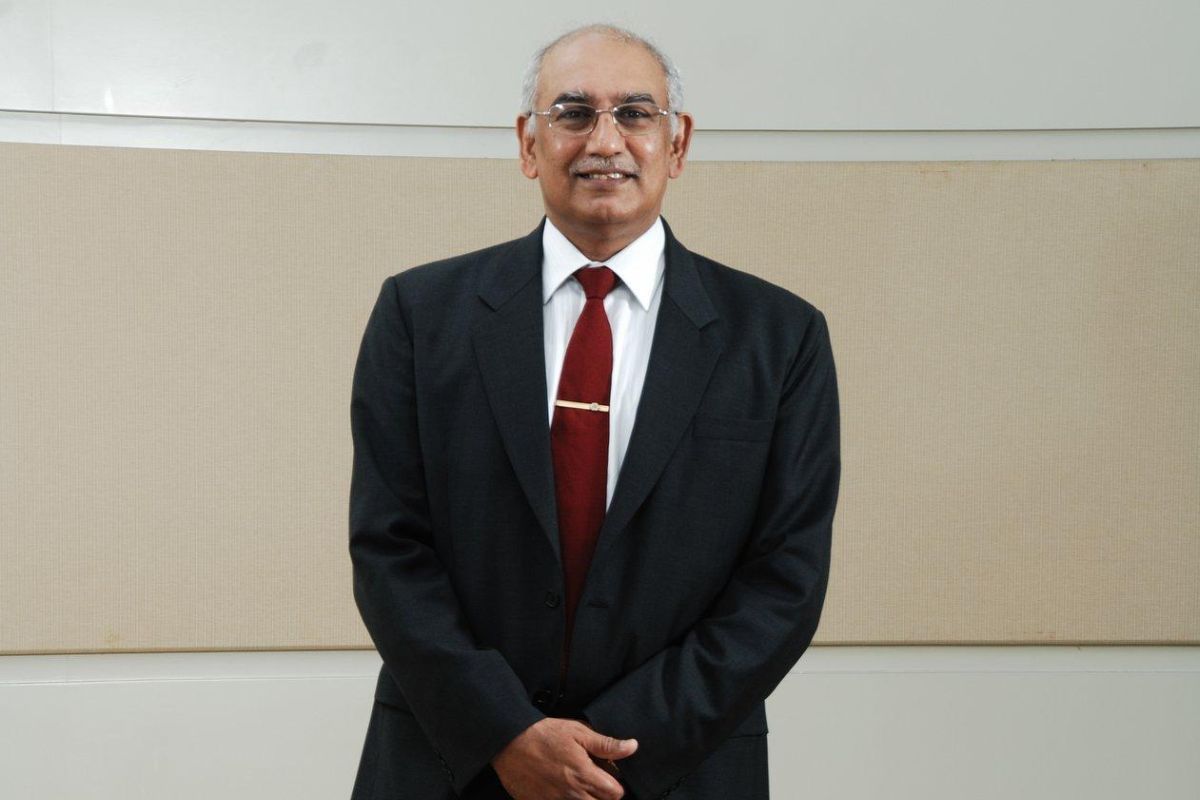
According to Subbu, one of Hyundai’s most serious issues is maintaining its technological superiority. Historically, Hyundai set the standard for innovation in the Indian automobile industry, launching innovative technology while competitors continued to focus on obsolete models. Subbu recalls that “Hyundai was the overwhelming leader in technology,” citing its early adoption of MPFI engines and common rail diesel technology.
However, he stated that this dominant position is now under threat, notably in the hybrid market, where competitors like Toyota have seized the initiative. He also expressed concern about Hyundai’s ability to maintain its competitive advantage in the absence of a good hybrid product, citing the performance of its popular vehicle, the Creta, in real-world fuel economy. So the EV game of Hyundai may need some modifications with the hybrid, because India is not yet ready for the EV infrastructure.
In India, EVs at present account for just 1%-2% of the total passenger vehicle market. For hybrids, too, the numbers are similar. But soon, hybrid cars may clock better numbers given the buyer interest in the vehicles. It would be better if Hyundai’s product lineup, along with their global portfolio and strategy, and access to technology, focus on the Indian market and the willingness to develop India-specific products.
The final call.
Hyundai’s IPO comes at a time when the automobile sector is facing a difficult terrain, with only 3% expected growth in FY25. Despite its large market share and a solid SUV range, including the Creta, the Korean Car maker must compete with market leader Maruti Suzuki and growing companies like Tata Motors and Mahindra.


